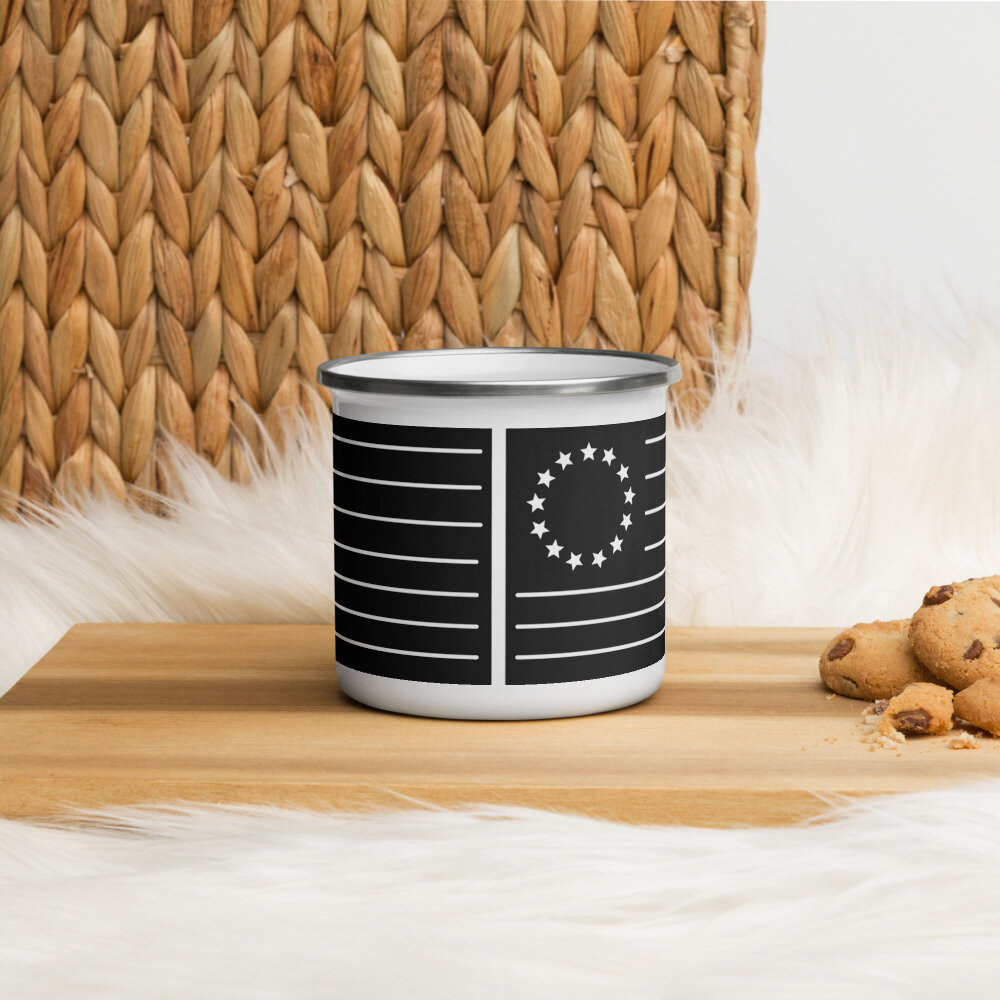William Bradford Burns Fort Billingsport
William Bradford was a printer and longtime rival of Benjamin Franklin leading up to the American Revolution.
Please note: Bradford is not related to the William Bradford who signed the Mayflower Compact. Instead, he is the namesake of another William Bradford who first brought the printing press to the Middle Colonies.
Published 5/6/19 - Updated 11/2/21
William Bradford
William Bradford grew up learning the family trade…printing.
He soon became a rival of the only other print shop’s apprentice: Benjamin Franklin.
Bradford and Franklin would dominate publication in Philadelphia for several decades leading up to the American Revolution. While their competition would remain friendly for the most part, with Franklin even loaning Bradford money on occasion, this would all change during the Stamp Act Crisis.
Bashing Franklin
When hostilities began to rise between Great Britain and her colonies, Pennsylvania’s Assembly selected Franklin to return to London as their representative.
The men who voted against Franklin were so concerned about his appointment that they decided to publish a protest in Bradford’s Pennsylvania Journal. Probably written by John Dickinson, the protest concerned, among other things, Franklin’s tendency to make enemies in England. Additionally, they thought (incorrectly) that he played a role in the creation of the Stamp Act.
For the next several years, Bradford would continue to publish criticisms of Franklin, many of which he wrote himself.
Continental Association
By 1774, William Bradford had been operating the London Coffee House, a frequent haunt for local merchants, for 20 years. At this time he was chosen as the official printer for the First Continental Congress.
Although John Dunlap would go on to print for the Second Continental Congress and its more famous documents, Bradford created the copies of the Continental Association and the letters to the King.
Soon after, William left the business in the care of his son and joined the Pennsylvania Militia.
Fort Billingsport
Bradford quickly achieved the rank of Colonel, serving in the New Jersey Campaign and sustaining wounds at the Battle of Princeton.
William was then appointed as Commander of Fort Billingsport on the Delaware River. When the British marched into Philadelphia they started attacking the surrounding forts.
As the Redcoats approached Fort Billingsport it was undermanned and if an engagement took place the Patriots would have been absolutely slaughtered. Bradford made the only reasonable decision he could…abandon it.
On his way out, Bradford destroyed the cannons and burned the buildings down to keep Billingsport from benefiting the enemy.
Still recovering from his wounds, and now over 60 years old, William resigned his commission and returned Philadelphia where he continued printing for his final years.
Follow this site to read about another Founder tomorrow!
Until then, check out this article on another Founding Printer:
Mary Katherine Goddard Reveals the Signers of the Declaration
Want to read a book written by Mitchill about Thomas Jefferson?
‘The American Revolution’s Final Battle’ was written after Jefferson’s passing. It can be read for free here.
Pick up a copy through the Amazon affiliate link below (you’ll support this site, but don’t worry, Amazon pays me while your price stays the same) but be warned, it is very rare and therefore expensive.
Don’t miss tomorrow’s article!
Subscribe to my email list here.
If you wanted to support this site by becoming a Patreon Member you can do that here. Thanks for your support!





